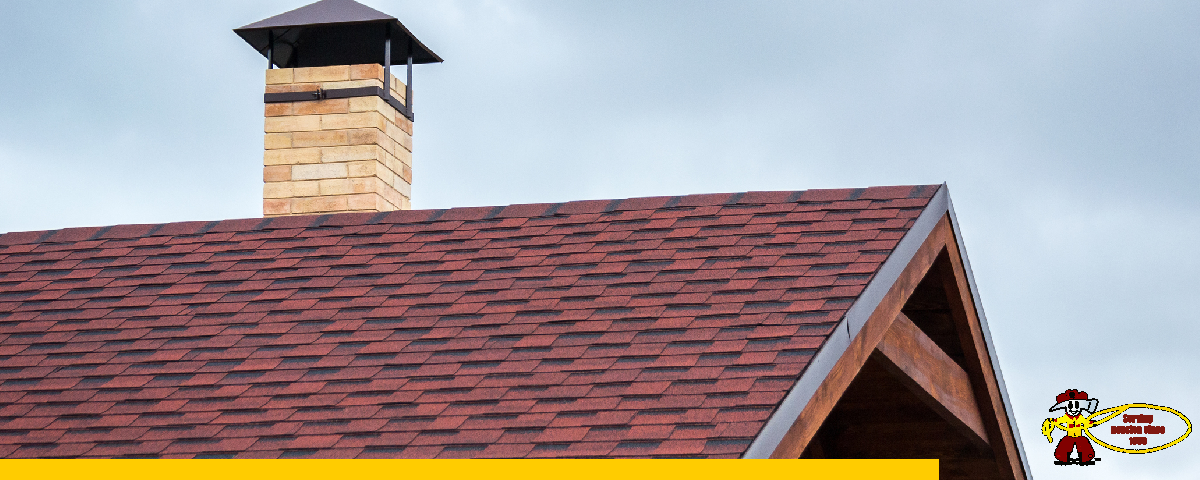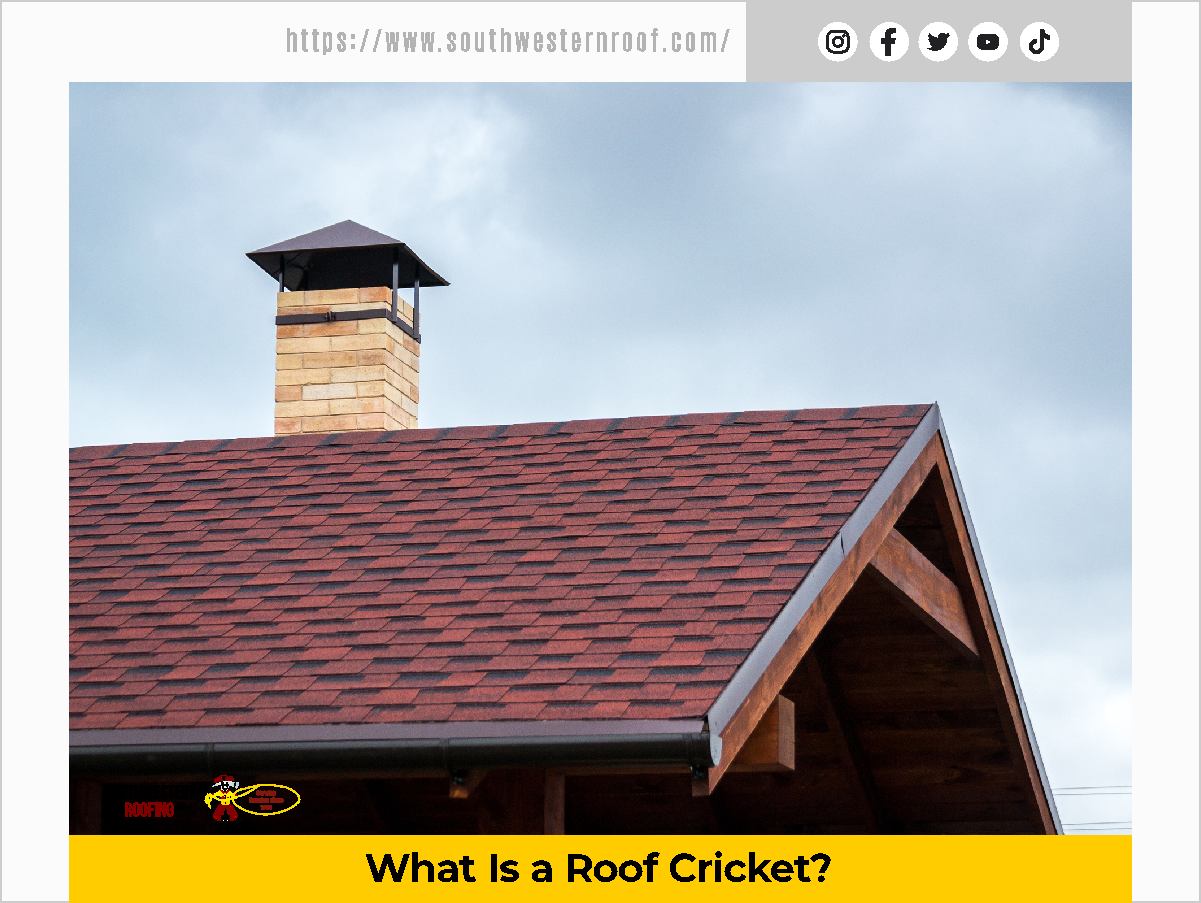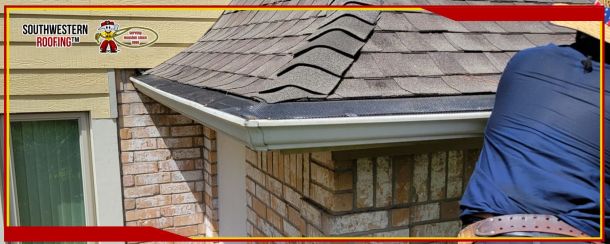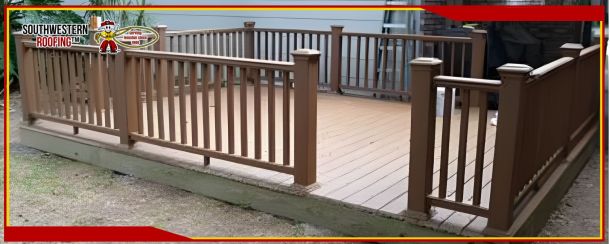
What Is a Roof Cricket?
Roof in Houston
Roof crickets are a valuable part of any roof system. They can help prevent water from ponding and pooling near roof penetrations, like chimneys, roof curbs, and skylights, and they help divert water to draining locations. If water is allowed to collect in these areas, it can lead to leaks and structural problems.
For a more detailed exploration of the question "What is a roof cricket?," we'll take a look at their purpose, the various types, and when you should use one.
What Is a Roof Cricket?
A roof cricket, also called a saddle, is a triangular structure installed behind a chimney, skylight, or other roof protrusion to help divert water toward a drainage location. They are placed on the high side of a sloped roof face and split the run of the water around the obstacle instead of allowing it to pool at its base. Crickets aim to guide rainwater to drains and downspouts so that it flows off and away from the roof. They also help prevent debris like leaves and sticks from building up.
On low-sloped roofs (typically with a slope of 1/4" per foot built into the structure or created with tapered insulation), crickets are also used to help divert water to drains and scuppers. Standing water on low-sloped roofs can lead to structural damage caused by the weight of the ponding water, as well as to debris buildup, and other issues. To help prevent this, contractors install crickets at low areas at the perimeter of the roof, between drains and wall scuppers, and around HVAC or electrical equipment or skylights.
Types of Roof Crickets
On steep-sloped roofs, crickets are usually wood-framed structures covered either with metal or a roofing material like asphalt shingles. They are constructed in a half-diamond pattern for use behind chimneys, skylights, HVAC, or electrical equipment, and other curbs or penetrations. Metals commonly used for crickets include copper or galvanized steel, both of which help prevent rusting and corrosion. All crickets require metal flashing on the penetration to help prevent water from seeping into the roof deck. If water gets under the roofing system, it can cause leaks, mold, mildew, and structural damage.
On a low-slope roof system, crickets are built using sloped rigid insulation and then covered with the membrane roofing system. Crickets for low-sloped roofs are built in a triangular or diamond-shaped pattern and have a slope double that of the roof for a net-positive backslope. A quarter-diamond pattern is used in a corner of a flat roof near the parapet wall. A full diamond pattern is used between two roof drains.
When You Should Use a Roof Cricket
Building codes in some areas may require crickets on certain chimneys. If this is required, you may need to add crickets when remodeling or replacing your roof.
Chimneys, skylights, or other roof protrusions located in areas with high water flow during a rain event will also need crickets to help reduce the risk of water pooling.
A Worthwhile Investment
Roof crickets help reduce the risk of water damage caused by pooling and ponding near large penetrations like chimneys, skylights, or equipment curbs. On both low-sloped and steep-sloped roofs they also help prevent water stagnation. When remodeling or reroofing, it's a good time to consider adding crickets. To determine whether or not you should consider having roof crickets installed on your roof, reach out to a local roofing contractor certified.

Source: gaf
Southwestern Roofing: We had our humble beginnings, but our goals have always been the same: To offer quality workmanship at a fair and reasonable price in addition to always treating each of you with honesty, integrity, and respect. Meeting with you, sharing ideas, and helping you achieve that goal has been a welcomed privilege.
Roof in Houston
Southwestern Roofing in Houston, Roofing Company in Houston, Roof Replacements in Houston, Roof Installations in Houston, Roof Repairs in Houston, Routine Roof Maintenance in Houston, Roof Inspections in Houston, Window Replacements in Houston, Patio Installations in Houston, Siding Replacements in Houston, Fence Replacements in Houston, Remodeling in Houston, Exterior Painting in Houston, Room Additions in Houston, Deck Installations in Houston, Gutter Installations in Houston, Exterior Repairs in Houston, Fence Installation in Houston, Free Roof Inspection in Houston, Free Residential Roof Inspection in Houston


